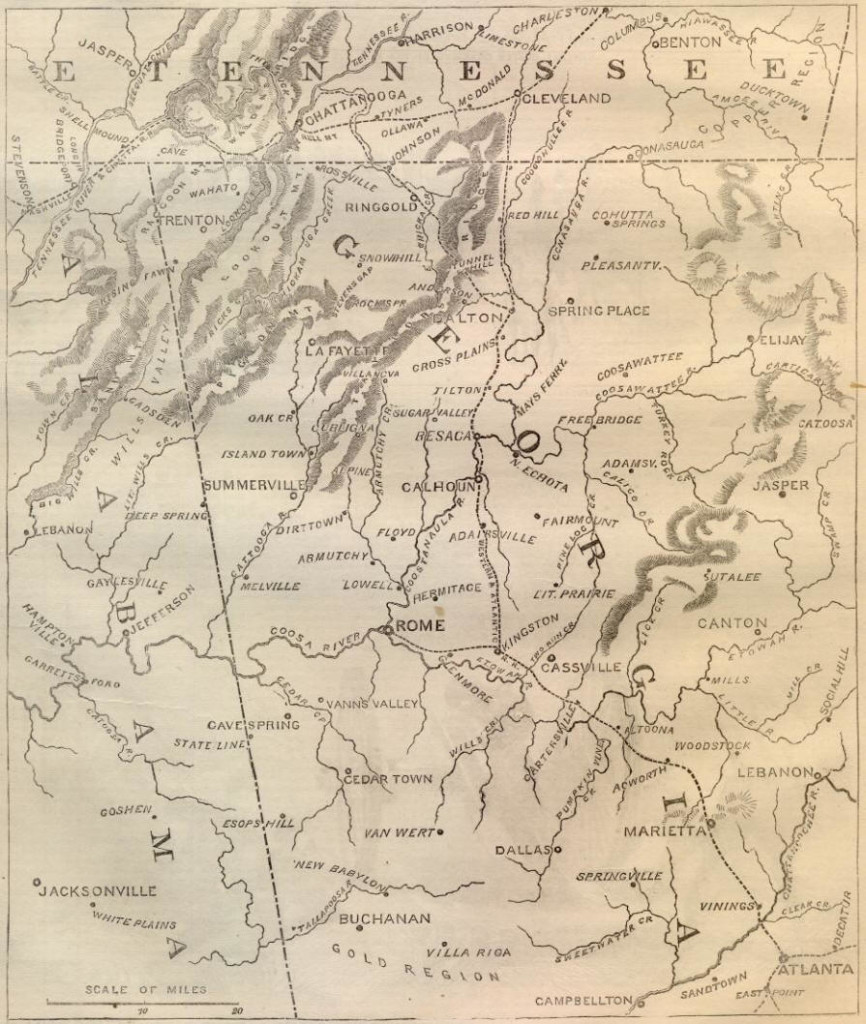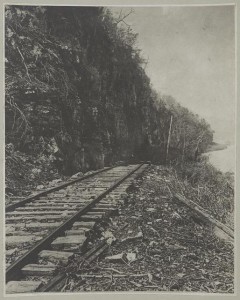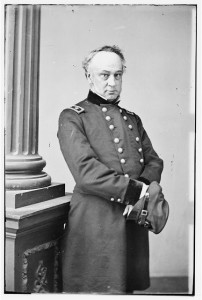Civil War Daily Gazette has the story of Abraham Lincoln’s damage control after the Union defeat at Chickamauga. The president urged General Rosecrans to hold on to Chattanooga and ordered General Burnside to “Go to Rosecrans”. Here he tells General-in-chief Henry Halleck that’s it’s advantageous to hold Chattanooga. It helps keep Tennessee in Union hands. The rebels are going to have to come and attack the federals to get back Chattanooga and its important railroad connections.
From The Papers And Writings Of Abraham Lincoln, Volume Six:
TO GENERAL H. W. HALLECK.
EXECUTIVE MANSION WASHINGTON, D. C., September 21, 1863.
MAJOR-GENERAL HALLECK:
I think it very important for General Rosecrans to hold his position at or about Chattanooga, because if held from that place to Cleveland, both inclusive, it keeps all Tennessee clear of the enemy, and also breaks one of his most important railroad lines. To prevent these consequences is so vital to his cause that he cannot give up the effort to dislodge us from the position, thus bringing him to us and saving us the labor, expense, and hazard of going farther to find him, and also giving us the advantage of choosing our own ground and preparing it to fight him upon. The details must, of course, be left to General Rosecrans, while we must furnish him the means to the utmost of our ability. If you concur, I think he would better be informed that we are not pushing him beyond this position; and that, in fact, our judgment is rather against his going beyond it. If he can only maintain this position, without more, this rebellion can only eke out a short and feeble existence, as an animal sometimes may with a thorn in its vitals.
Yours truly,
A. LINCOLN.
The president had seen the advantage of defending a city in the Virginia theater. In a message to General Halleck on September 19th Mr. Lincoln remembered the Union’s Army of the Potomac failure to take Richmond in 1862:
... To avoid misunderstanding, let me say that to attempt to fight the enemy slowly back into his entrenchments at Richmond, and then to capture him, is an idea I have been trying to repudiate for quite a year.
My judgment is so clear against it that I would scarcely allow the attempt to be made if the general in command should desire to make it. My last attempt upon Richmond was to get McClellan, when he was nearer there than the enemy was, to run in ahead of him. Since then I have constantly desired the Army of the Potomac to make Lee’s army, and not Richmond, its objective point. If our army cannot fall upon the enemy and hurt him where he is, it is plain to me it can gain nothing by attempting to follow him over a succession of intrenched lines into a fortified city. …

keep control of Chattanooga – Cleveland (MAP OF THE THEATRE OF GENERAL ROSECRANS’S OPERATIONS IN THE STATES OF TENNESSEE AND GEORGIA.)
The map was published in the October 3, 1863 issue of Harper’s Weekly, which we can view at Son of the South
According to Wikipedia Henry Wager Halleck, as general-in-chief, was an excellent administrator but weak at grand strategy.


